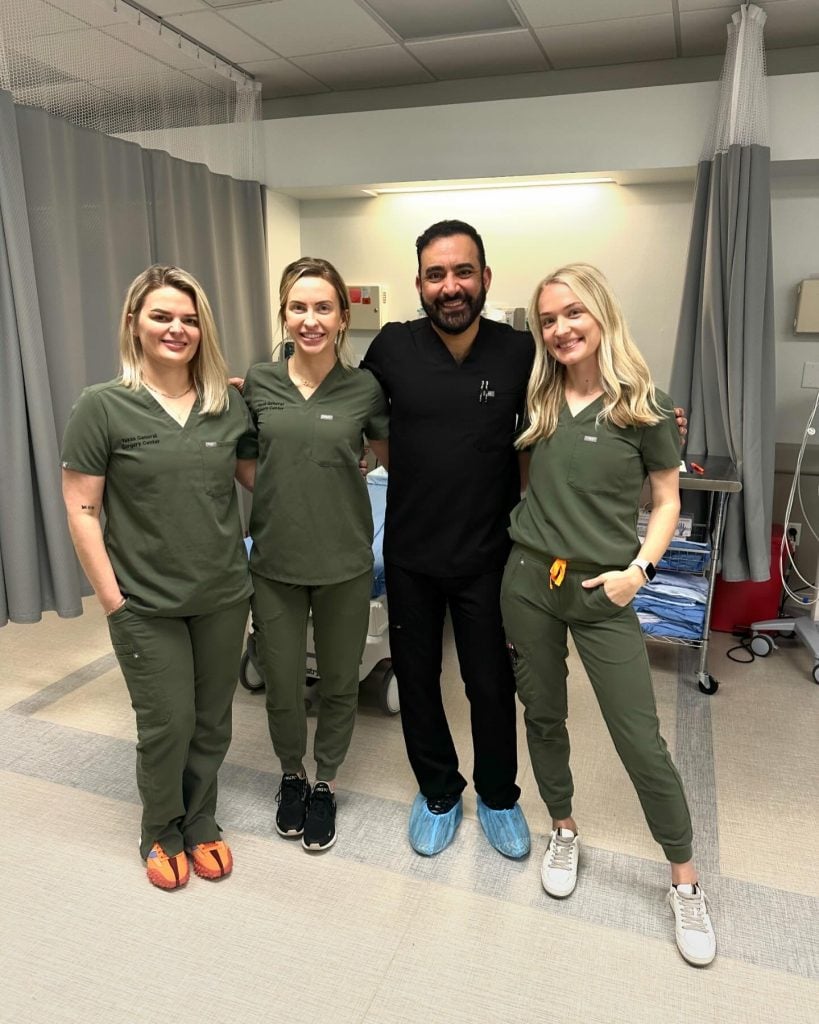When it comes to managing pain, especially chronic pain, choosing the right treatment can feel overwhelming. Two popular options are PRP (Platelet-Rich Plasma) therapy and surgery. Each has its benefits and drawbacks, and it’s essential to understand these to make the best decision for your health.
PRP Therapy vs. Surgery: Which is Right for You?
PRP therapy involves using your blood to promote healing. A small amount of blood is drawn, processed to concentrate the platelets, and then injected into the injured area. These platelets release growth factors that help repair damaged tissues. Surgery, on the other hand, involves physically repairing or removing damaged tissues through an operation.
Dr. Ghalambor, an internist and anesthesiologist with fellowship training in interventional pain management from Massachusetts General Hospital, Harvard Medical School, says, “PRP therapy can be a great option for patients looking for a minimally invasive treatment. It utilizes the body’s natural healing process, which can be less intimidating than surgery.”
Comparing PRP Therapy and Surgery for Pain Relief
PRP therapy is minimally invasive and has a shorter recovery time compared to surgery. There’s no need for incisions or stitches, which reduces the risk of infection and complications. Many patients find PRP therapy less intimidating and more comfortable than surgery. However, it may require multiple sessions to achieve the best results.
Dr. Ghalambor explains, “Patients often prefer PRP therapy because it allows them to avoid the risks and downtime associated with surgery. It’s particularly effective for joint pain, tendon injuries, and mild to moderate arthritis.”
Surgery can provide a more permanent solution for severe issues. It’s often recommended when other treatments, like PRP therapy, haven’t provided enough relief. Surgery can fix structural problems that PRP can’t address, but it involves a longer recovery period, potential hospital stays, and a higher risk of complications.
“While surgery can be a definitive solution for certain conditions, it’s not without its challenges,” notes Dr. Ghalambor. “Patients need to consider the extended recovery time and the potential for complications.”
How to Choose the Best Treatment for Your Pain
When deciding between PRP therapy and surgery, consider the severity and nature of your pain. PRP therapy might be a better option for less severe injuries or conditions that could benefit from natural healing processes. It’s also a great choice for those looking to avoid the risks associated with surgery.
“Each patient’s condition is unique,” Dr. Ghalambor emphasizes. “For milder cases or injuries that respond well to regenerative treatments, PRP therapy can be an excellent choice. However, for more severe or complex conditions, surgery might be necessary to achieve the best outcome.”
PRP Therapy vs. Surgical Interventions: What You Need to Know
PRP therapy is often used for joint pain, tendon injuries, and arthritis. It’s less invasive and has fewer side effects. Surgery is typically recommended for more severe or complex conditions, like torn ligaments or advanced arthritis, where other treatments haven’t worked.
“PRP therapy works by enhancing the body’s natural healing abilities, making it suitable for a wide range of musculoskeletal issues,” says Dr. Ghalambor. “In contrast, surgery is more appropriate for conditions that require structural repairs, which PRP cannot achieve.”
Is PRP Therapy a Viable Alternative to Surgery for Pain Management?
PRP therapy can be a viable alternative to surgery, especially for those seeking a less invasive option with quicker recovery times. However, it’s important to have realistic expectations. PRP therapy may not be as effective for severe conditions that require structural repairs only surgery can provide.
“Patients must understand that while PRP therapy can be very effective, it’s not a cure-all,” Dr. Ghalambor advises. “For significant structural issues, surgery remains the gold standard treatment.”
Understanding PRP Therapy and Surgery for Chronic Pain Relief
Both treatments aim to alleviate pain and improve function. PRP therapy works by enhancing your body’s natural healing process, while surgery addresses the physical issues directly. Your choice should depend on your specific condition, pain level, and overall health.
“Choosing between PRP therapy and surgery involves understanding the root cause of your pain,” says Dr. Ghalambor. “An accurate diagnosis and thorough discussion with your healthcare provider are crucial.”
Making an Informed Decision
Before deciding on PRP therapy or surgery, consult with a specialist to discuss your options. They can provide personalized advice based on your medical history and current condition. Consider factors like recovery time, potential risks, and the success rates of each treatment.
If you’re in Allen, McKinney, Frisco, or Dallas, Texas, and considering PRP therapy or surgery for pain management, the NorTex Spine & Joint Institute can help. Schedule a consultation with our experts to discuss the best treatment option for you. Find affordable PRP therapy options and learn about the potential benefits of this minimally invasive treatment. Contact us today to book a PRP therapy appointment or learn more about your surgical options. Let us help you make an informed decision and start your journey toward pain relief.















